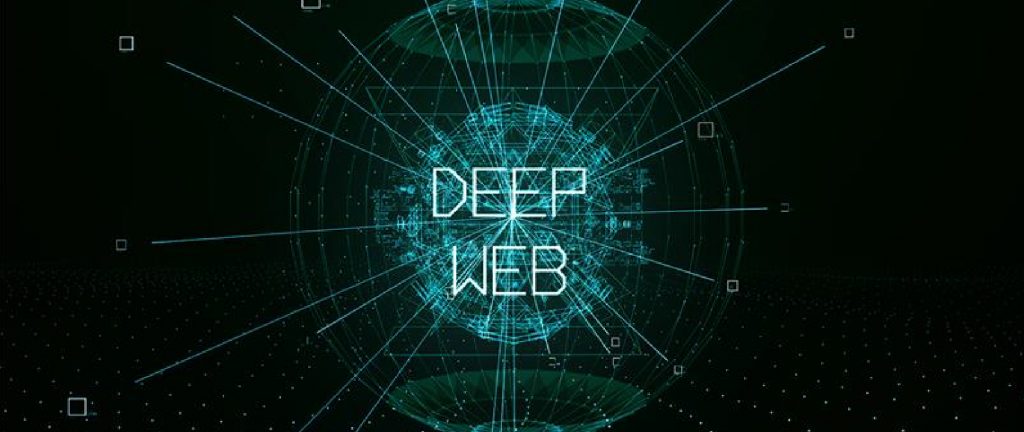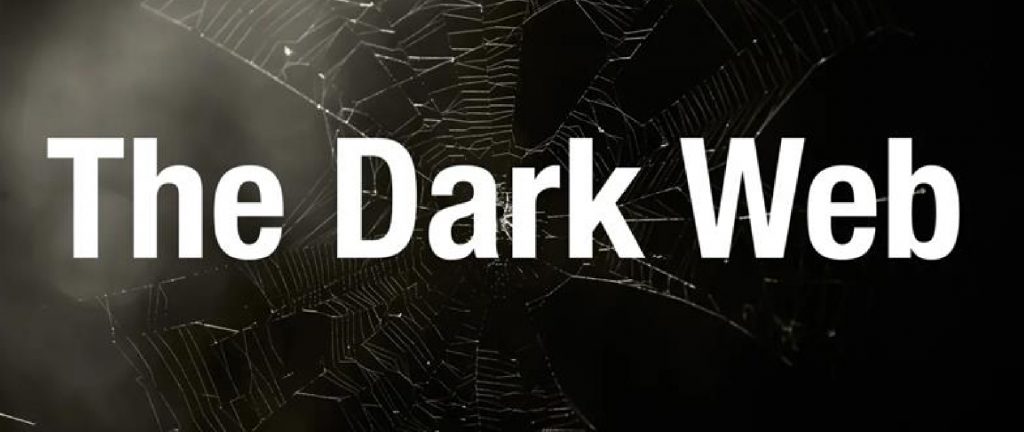Confused between the dark web and the deep web? Here is a detailed guide on Deep Web VS Dark Web to help you determine the main difference between them.
Deep Web VS Dark Web
You have to understand the structure of the deep web and dark web to know the difference between both of them.
The Deep Web

The deep web exists below the surface web and most of the deep websites hold regular sites that need to make and account for access. The deep web mostly consists of databases and intranets. The former includes privately protected file assortments that nobody can access without the right credentials. The latter includes internal networks for governments, educational facilities, and companies. Moreover, the ‘members-only’ parts of public platforms are also a part of the deep web. In addition to that webpages that are not indexed by web crawlers are considered to be a part of the deep web.
However, the content of the deep web is more secure and clean than the surface web. It is due to the content of the deep web is usually well-maintained as security tools like firewalls help in this work. Examples of deep web content include
- Financial data
- Social security databases
- Email inboxes
- Social media
- Medical documentation
- Legal files
- Pending review blog posts
- Redesigns web pages that are in progress
These webpages are mostly hidden from the surface web to protect user data and privacy rather than any evil determination.
The deep web is not empty from danger as some parts of it let the users overcome authorized restrictions to access content that is not legally available in their region. Users can illegitimately download movies, music, and other digital media without paying for it. These uncontrolled segments of the deep web are common with malware and other cyber threats.
The Dark Web

the dark web is a sub-part of the deep web including sites that one can only access via purpose-built web browsers. However, it is challenging to measure how widespread the dark web is due to its decentralized and obscure nature. Very few users will ever access the dark web. While the deep web usually requires just a username and password to be accessed. The dark web cannot be reached without the right software or hardware.
The structure of the dark web features some main elements that make it an anonymous sanctuary.
- Websites on the dark web are inaccessible by regular web browsers such as Google Chrome and Mozilla Firefox because they operate on a unique registry.
- Network security tools like encryption and firewalls prevent search tools from discovering dark websites which is why Web crawlers can’t index the content hosted on these sites.
- Using randomized network structures and virtual traffic tunnels, accessing the dark web content is limited.
The dark web with illegal content and criminal activities includes trading illicit products and services. The online framework of the dark web also has applications for legitimate entities. For example, journalists in repressive states can use the dark web to pass information to their colleagues in other parts of the world.
Deep Web VS Dark Web: Main Differences
Both the dark web and deep web are supposed to be linked with illegal activities however there is a big difference between them. Here we have described the difference between the deep web and the dark web.
Function
- Deep Web
The deep web is a vast online space that is not accessible by search engines like Google, Yahoo, Bing, or DuckDuckGo. It hosts a wide range of content, including;
- Paywalled websites
- Pay-to-access services
- Private databases
- Unindexed sites
- Email mailboxes
Experts estimate that search engines index less than 1% of online content on the deep web. Many websites on the deep web avoid appearing in search engine results by blocking bots that collect information. Examples of deep web content include innocuous emails, chat conversations, e-banking data, private posts, and electronic health records. Unlike the dark web, the deep web is not hidden due to malicious intent but rather for privacy and relevance. However, it can also host illegal content like pirated media, allowing anyone to access it without a different web browser.
- Dark Web
The dark web is a subset of the deep web – not indexed by web crawlers but is safe and accessible with a normal web browser. It is placed on darknets, an overlay network on top of the regular internet. Tor, a browser, uses darknet to anonymize browsing activities and allows users to access URLs ending with .onion through its hidden services. Tor simplifies hosting a website on the dark web, allowing both hosts and users to cloak their identities. However, websites hosted on the dark web are inaccessible to most online users and difficult to track. Tor’s hidden services are not the only darknet services, as other options exist for specific purposes, like file sharing.
Size
- Deep Web
It is easy to give an accurate guess of the size of the deep web. Over 200,000 websites exist on the deep web, host approximately 7,500 terabytes of data, and host almost 550 billion individual documents which is 400 to 500 times greater than that of the surface web.
- Dark Web
There is no way to gauge how vast and deep the dark web actually is. People hook the size of the dark web at about 5 percent of all the content on the internet.
Anonymity
- Deep Web
The deep web is a secure and user-friendly platform, but maintaining security is crucial. User profiles on the deep web contain valuable personal data, making strong, unique credentials essential. Password management solutions can help prevent security lapses. Basic online hygiene, like using protected public networks for bill payments, can prevent cyber criminals from capturing sensitive information. Additionally, users should be cautious of phishing scams, where criminals share seemingly legitimate communications, leading to the sharing of sensitive personal information. Deep web security is a matter of common-sense best practices.
- Dark Web
The dark web is a platform for criminal activity, posing a significant risk to organizations. Stolen data often ends up on the dark web for sale, allowing cybercriminals to target sensitive customer data. This illegally obtained data can lead to data theft, credit card misuse, and even downing an enterprise’s entire infrastructure. Neglecting dark web security can result in irreversible damage to an enterprise’s reputation and heavy financial losses. Monitoring the dark web allows security teams to stay ahead of threats, gather threat intelligence, and defend against attacks more effectively.
Accessing
- Deep Web
There is no filter between the user and the deep web. You can access deep websites with the correct credentials. Many of us access the deep web almost whenever online. From the login page of internet service providers to email mailboxes or even social media profiles, are a part of the deep web.
- Dark Web
The dark web is a really big network but you can’t access it accidentally. To access the dark web, users need special tools like the Tor Browser or the Invisible Internet Project (I2P) network. The Onion Routing (Tor) project, developed by the US Naval Research Laboratory, has made it easier for users to access the dark web. Tor browser allows users to see URLs hosted by the ‘.Onion’ registry operator, and unlike other web browsers, it does not establish a direct connection between the user endpoint and the internet. This method minimizes the risk of tracking or exposing user activity on the dark web.
Purpose
- Deep Web
The deep web is a popular internet platform used by most internet users for various applications. Specific VPN services and credentials, prevent public access. Subscription-based applications, such as SaaS solutions, paid news websites, and streaming services, are protected by paywalls, preventing search engine crawlers from accessing their content. Even free online services, like banking websites and email services like Gmail, are part of the deep web, as search engines cannot access their data.
- Dark Web
The dark web offers anonymity to site owners and visitors. It allows them to access vague websites that are not monitored on the regular internet. This anonymity is not limited to illegal activities, as it can be used by political dissidents under oppressive governments for communication or whistleblowers to leak classified information. Tor-hidden services, like Facebook, allow users in countries without legal access to access websites safely. However, this anonymity also allows for illegal activities such as hosting websites selling counterfeit money, weapons, and drugs, with payment typically made using difficult-to-trace digital currencies like Bitcoin.
Sum Up
Most of us are curious about deep web vs dark web. The web is used for legal uses but is still home to various criminal activities. On the other hand, deep is a regular part of the online experience for almost every user.
